Fare Potee Museum

Beez Neez now Chy Whella
Big Bear and Pepe Millard
Tue 3 Sep 2013 22:17
|
Fare Potee Archeological
Museum
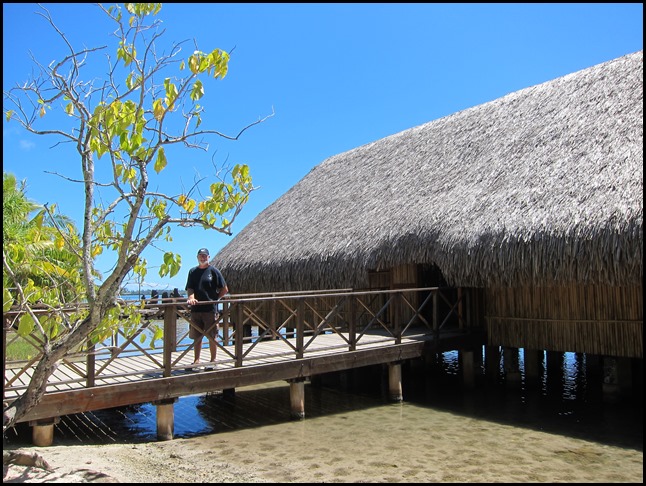 We bimbled around the sacred site and
then visited the very impressive long house, now
serving as a cultural museum.
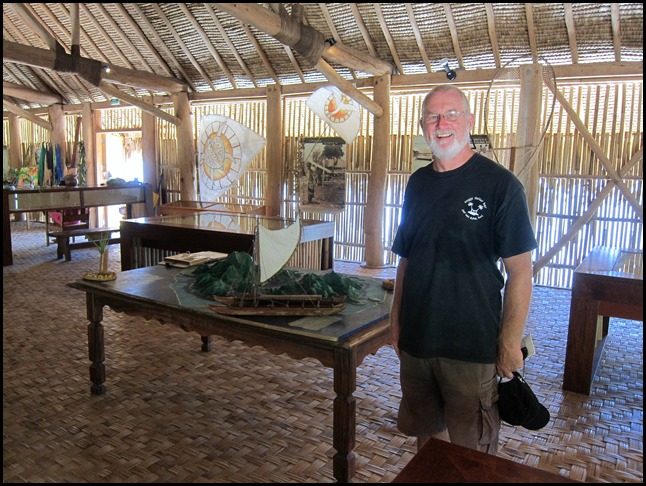 Two lovely ladies welcomed us and in
perfect English told us a little about their work, promoting the heritage of
Huahine. Behind Bear, it was nice to see kites.
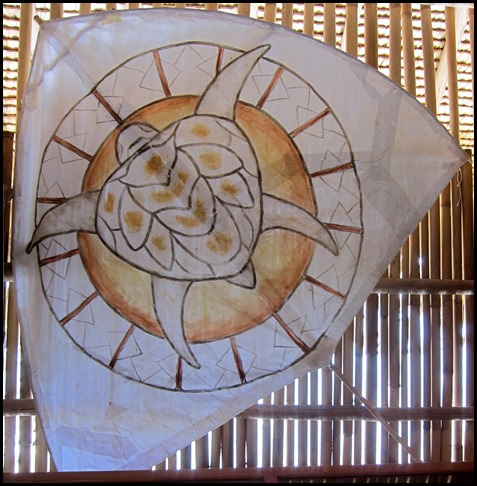 Flying kites always was, and has
recently been revived as an integral part of initiatory education - it was felt
that the handling of a kite improved knowledge of the wind, the making was a
team effort and at the end of the day it was just for pure fun. Elders today can
remember kites with wingspans up to eighteen feet. The tradition which lasted
until the 1960’s has only been revived because there are still enough of the
older generation to hand on the knowledge. The Opu Nui Association organises
competitions not only on Huahine, but Hawai’I and Japan.
It began with a challenge. When Hiro
(a half-god) was still young was challenged by his brothers to take part in a
uo’ contest. Following his mother’s advice, he used atae sheets for the sails
and ‘uo (dry films from the trunks of banana trees) for the string and the tail.
Hiro’s kite went high in the sky to freeze there forever and form a star
constellation. Te ‘Uo a Hiro or as we know it Scorpio.
Two families of kites are the most
traditional: the ‘uomenemene, which resembles a sea
turtle (honu) and the ‘uo manu, the shape of a manta
ray (faimanu). Bamboo was used for the frame, the central rib and the
spacers. Flexible, light hibiscus for the outer frame. The whole thing was
covered in tapa cloth. The tail, which could many feet long, was made with
purau bark.
In the past, kite flying competitions
were held every Saturday, but only men were considered apt enough to make them
fly. Women have been participating since 1996. Contests took place primarily on
the beaches. The length of the string was exactly the same for all entrants.
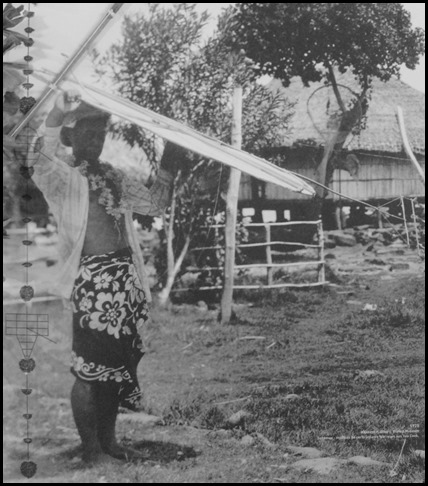 Marking was carried out during one
minute, the kite was held aloft, the string held by
another without pulling, as this was not allowed, on a gust of wind the kite was
let go and hopefully it shot into the air on a good gust. The winner was the
kite which climbed the highest in the air.
 Tapa, typically made by women, men
were not excluded from the task as they planted offshoots of breadfruit
(‘uru) and mulberry.(aute) and the removal of insipient buds.
Thus perfectly smooth tillers made it possible to obtain a completely homogenous
fabric. After the bark is separated from the wood, the women took over. The bark
was put to soak for two or three days in a brook. Then it was scraped with a
clam shell, removing all the external bark. The bast, the fibrous part of the
plant fabric, was all that was left. The bands of bast were rolled in banana
leaves and was to rest for between one and three days; the fibers were then
beaten in order to interweave them. The fineness of the finished tapa was
dependent on this bit of the process. A specific beater was used made from
‘aito wood. After the beating, the parts were stretched by stones. They
were dried in the shade before the sun gave them their final consistency and
colour, which was specific to each tree used. White and resistant from aute,
beige and rougher from ‘uru, red-brown and thicker from banyan.
Tapa was often left in its natural
colour but pieces could be dyed in yellow or red for clothing. A rectangle,
tiputa was wrapped around the waist. A maro was a long, narrow piece
passed between the thighs and around the waist. Tapa could also be used as a
means of payment.
Colours are created thus:
Brown – with the bark of the ‘aito or
ti’ a’iri
Red – with a mixture of mati fruit
and tou leaves
Black – with the sap of the
fe’i
Yellow – with the root of the nono
Dark Yellow - with the root of the
re’a or the tamanu fruit.
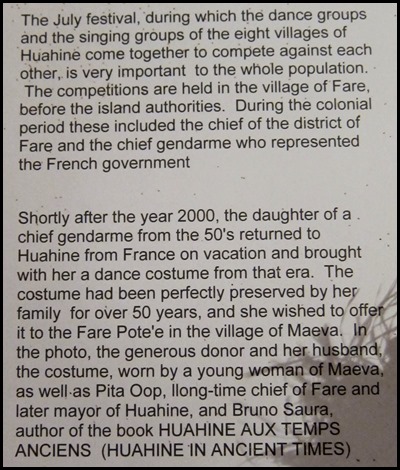
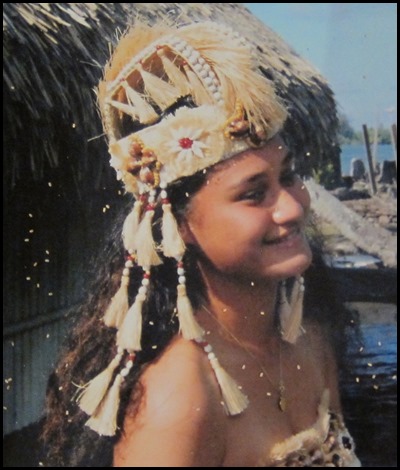 
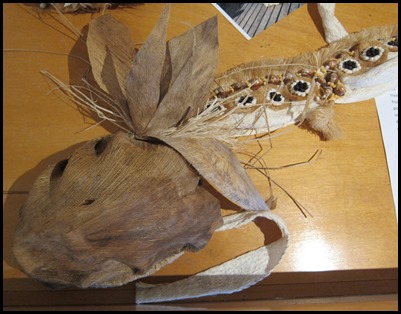 What a
story

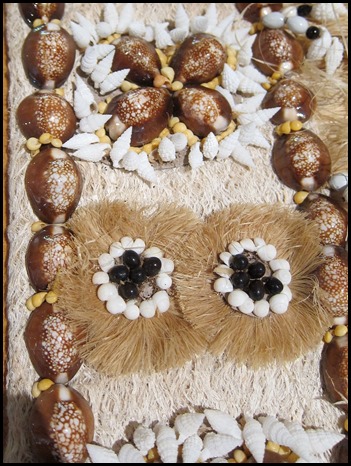 The skirt and its
detail still look amazing
.
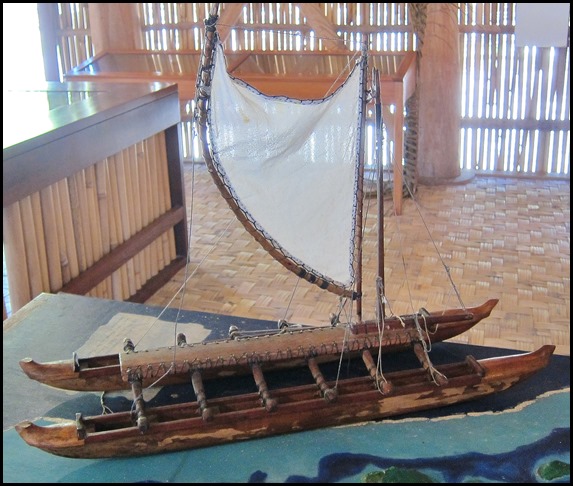 A model of a traditional
boat.
 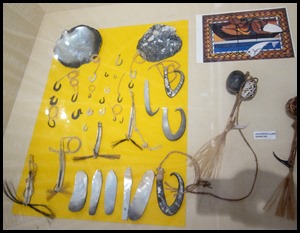
 Fishing hooks and
lures.
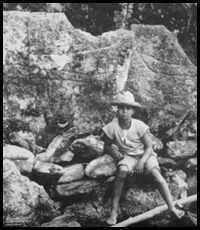
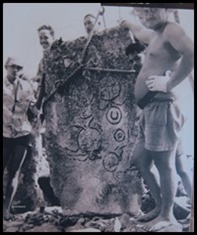
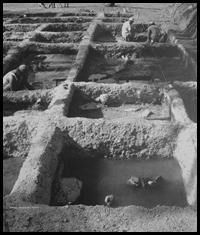
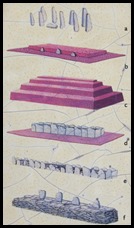 We looked at the collection of archaeological pictures and saw how a
marae was constructed.
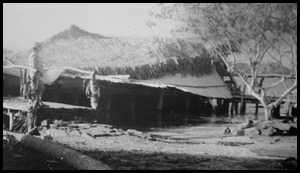
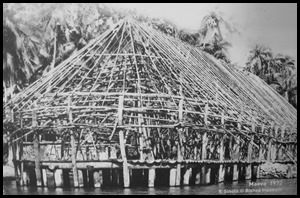 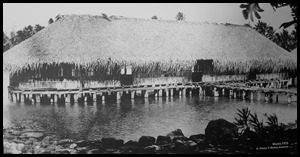 Before,
during and after restoration of the long house.
 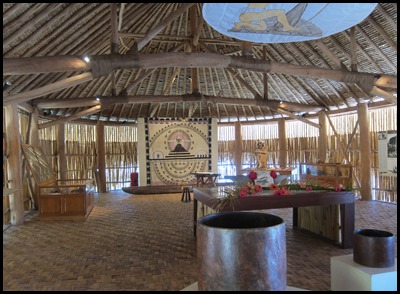
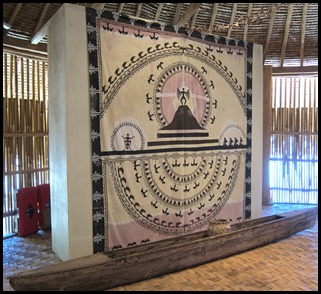 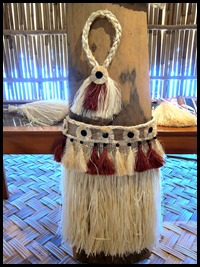

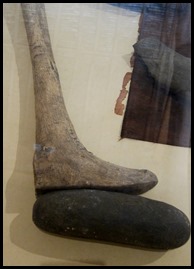
We enjoyed the exhibits.
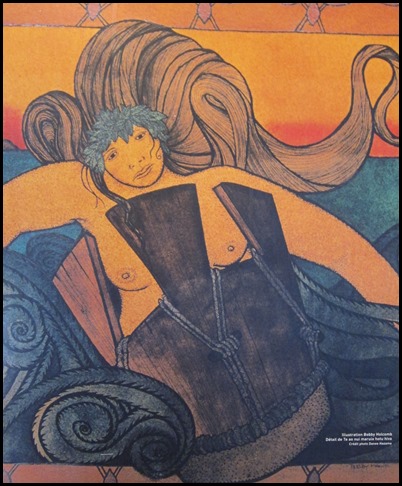 Tutapuarii, chief of the Leeward
Islands, had a daughter called Hotuhiva. From early
childhood she had a boyfriend, Teaonuimaruia, with whom she spent all her time.
Tutapuarii left Huahine to go and live in Ra’iatea; he took his daughter with
him. Her health declined and she felt sick. The most famous medicine woman on
the island tried her best, in vain. Hotuhiva said “E ere to ‘u ma’i i te ma’i
tino, e ma’i mana’o ra”. (It isn’t my body but my mind which is sick). Her
father sent her in a great sacred pahu or drum, according to others, in
a great sacred a’ano or water vessel made of coconut shell. Mara’ai,
the south-east wind blew her for two days and two nights and carried her near
the island of Bora Bora, then called To’erau-roa. The north-west wind then rose,
which pleased her father as he knew this wind would carry his daughter to
Huahine. She landed, exhausted, at a point named ever after – Manunu (Great
Fatigue).
Informed of the arrival of a
beautiful young lady, the chief of Maeva village ordered two of his young
warriors to fetch her. He took her as his wife but soon he knew she would never
belong to him. Out of spite, he gave her each night, to a different man of his
choosing.
Teaonuimaruia finally recognised her,
killed the chief and married her. Their union sealed the unification of the
whole island and started Te-pa’u-i-hau-roa, the first dynasty to reign over
Huahine. The couple had four sons, then Teaonuimaruia
died. Hotuhiva then married a chief from Matahiva and bore four more sons. These
eight boys, divided the land into eight districts and reigned over them. Still
eight villages to this day. The four on Big Huahine – Maeva, Fare Fitii and
Faie. The four on Little Huahine – Maroe, Parea, Tefareii and Haapu.
After reading this story, we bade
farewell to the ladies and headed back to the car.
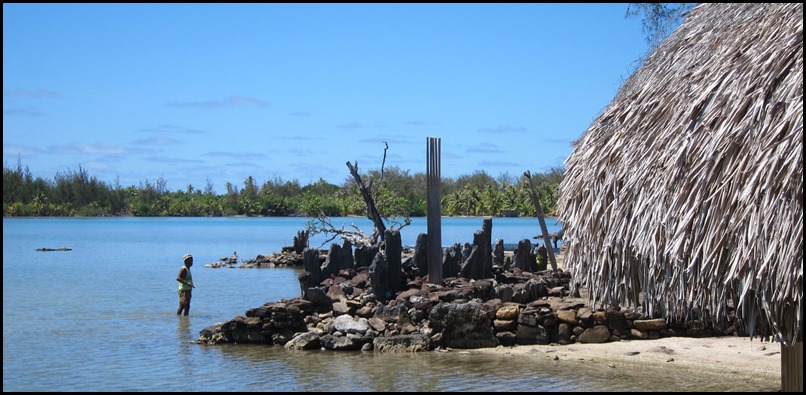 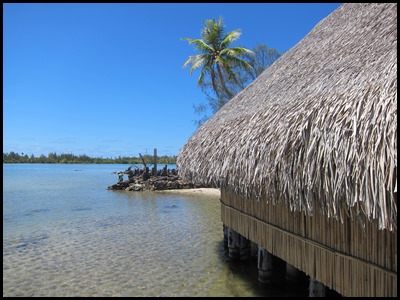
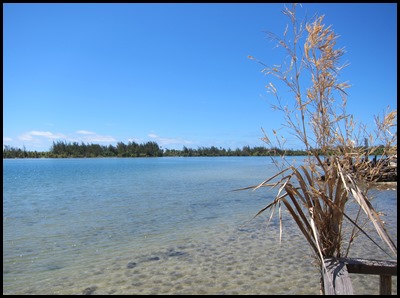 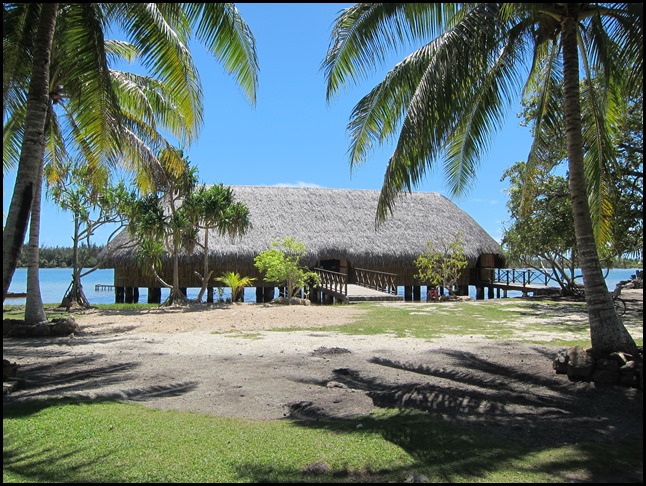 .
ALL IN ALL NICELY PRESERVED
FOR FUTURE GENERATIONS
|